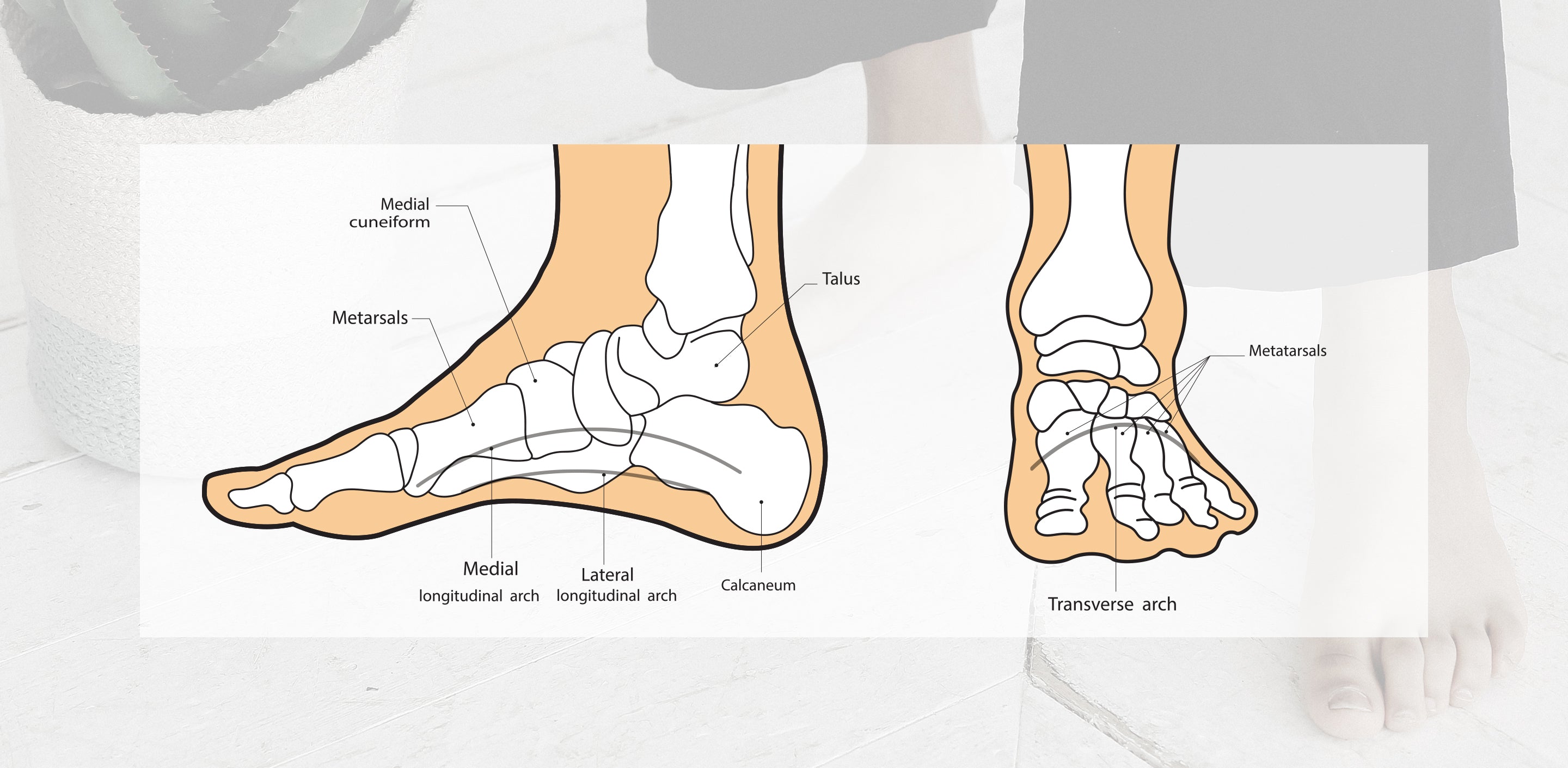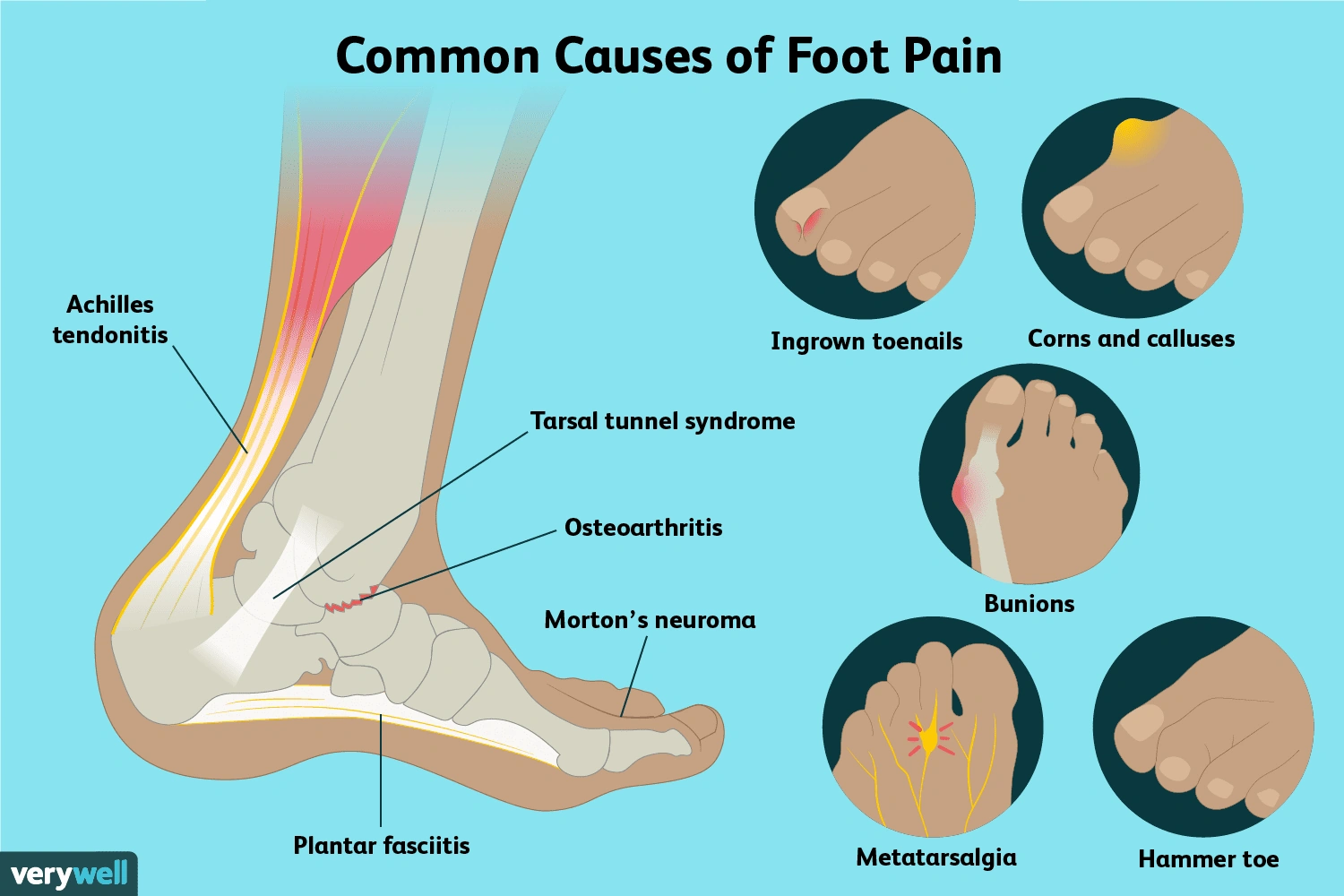
Wait, Feet Are Marvels?
Can I kick off (yep, foot pun intended) with a number that still boggles my mind? You’ve got 26 bones packed into each of your feet… That’s about a quarter of all the bones in your whole body. Down there, quietly doing their thing, day in and day out.
I mean, when’s the last time you truly noticed your feet—other than, y’know, when they throb after a long walk or get stomped on during a pick-up soccer game? For most of us, our feet are like that reliable friend who never makes a fuss… until something hurts, and then you can’t think about anything else.
Why Do Feet Deserve a Shoutout?
Okay, real talk: your feet have one of the most important (and toughest) jobs in the whole body. And yet, they’re stuck hiding in socks and shoes. Doesn’t seem fair, right?
Every time you stand, jog, chase after your dog, or wiggle your toes under the dinner table, you’re using a crazy complex system of bones, joints, muscles, ligaments, tendons, and nerves—all under one roof, or… well, under one foot.
But why should you care about all the parts of the foot anyway? Because understanding what’s doing what can help you notice those first whispers of trouble, dodge injuries, and even get more out of workouts or recovery days. Plus, it’s just fun to geek out about what’s literally carrying you through life.
Ever Had a Surprise Injury?
Quick story—last winter, I twisted my ankle on some ice. (Typical, right?) At first, I was annoyed at my boots… but a friend made me look up what’s really going on inside the foot. That twist wasn’t just “bad luck”—it was my hindfoot’s job to stabilize my body, and, whoops, I asked way too much of it.
Three Foot Zones. Who Knew?
Here’s the cool thing: your foot isn’t just one blob. It’s split into three main zones, each playing its own starring role.
- Hindfoot: That’s your heel and ankle area. Foundation stuff. Solid. If you ever get a bad heel ache or twist your ankle, this is the zone doing all the heavy lifting (and taking most of the blame).
- Midfoot: The archy, curvy bit in the middle. Think of this part as your body’s built-in shock absorber and spring board.
- Forefoot: Home of the toes, the ball of your foot, and the push-off when you sprint for the bus.
Let’s Start with the Hindfoot — Your Base Camp
Are you a hiker, runner, or do you just like standing in the kitchen at 2am? The hindfoot is your backstage crew. The key players here are the talus (the “ankle bone,” even though it’s not technically your ankle) and the big daddy, the calcaneus—better known as your heel bone.
The calcaneus is sturdy, spongy (yep!), and first to hit the ground when you walk. That’s why people with heel pain (shout out to my plantar fasciitis folks!) know how brutal things get if this part has a bad day. And the talus? That’s the pivot point, quietly moving your foot up and down and sideways without any drama. Unless you do what I did and roll it on a patch of ice…
“My Heel Hurts, Now What?”
Ever dealt with a bone spur or sharp pain in the bottom of your foot? It can feel like stepping on a LEGO, except there’s nothing on the floor. This usually means the plantar fascia—a band connecting your heel bone to your toes—has gotten angry and maybe brought a heel spur along for the ride. According to research on foot pain from Johns Hopkins Medicine, keeping the calcaneus healthy means everything from good shoes to stretching really matters (I wish I’d learned that before trying to “walk it off”!).
Midfoot—The Spring in Your Step
This is the part of the foot that most people don’t think about… until they try on a pair of flat shoes and suddenly realize, “Oof, my arches!” The midfoot is made up of five tarsal bones: the navicular (shaped kind of like a boat), the cuboid (it’s… cubey), and three cuneiform bones.
Together, these bones build your arch. Not just for pretty footprints in the sand, but for soaking up all the shocks and jolts from running, jumping, and dancing.
Have You Checked Your Arch Lately?
Ever seen a parts of the foot diagram? That arch shape is a dead giveaway about your biomechanics—flat, high, or neutral. I realized the importance of arch type after my brother (the world’s most loyal flip-flop wearer) complained about knee pain. Turned out, his collapsing arch was throwing everything off. Swapped his shoes, added insoles… and voilà, instant improvement. Sometimes, it doesn’t take much—just a little knowledge and one smart tweak.
Forefoot—Where the Action Happens
Ready to talk propulsion? No, not spaceships—just how your feet actually push you forward. The forefoot is where pick-up basketball games are won and lost, and where the ball of your foot and toes team up for that final push.
The main players
The main players: five metatarsal bones (one under each toe), fourteen phalanges (that’s “toe bones” for the rest of us), and two sesame seed-sized bones under your big toe called sesamoids. These little guys help reduce friction and provide all the balance when you’re on your tiptoes… or trying not to look awkward in yoga class.
Toes—The Unexpected MVPs
I used to tease my toes for being “just there for the ride.” Not true. The big toe especially (called the “hallux”—fancy, huh?) is like your power forward. It does the heavy lifting (pushing, balancing, launching). The other toes? They keep you steady, make walking graceful, and—if you’ve ever stubbed one at night—remind you of their existence with surprising force.
A Quick Table of Troubles
| Ouch! | Likely Area | What Helped Me (or a Friend!) |
|---|---|---|
| Heel pain | Hindfoot (calcaneus/planta fascia) | Ice + stretching + better shoes (no more “it’ll go away” attitude) |
| Arch aches | Midfoot (tarsal bones/arch) | Supportive insoles + avoiding super-flat shoes |
| Toe or ball pain | Forefoot (metatarsals/phalanges) | Wide shoes, toe spacers, a little TLC—seriously, stretch those toes! |
Hidden Superstars: Ligaments, Tendons, and Nerves
We’ve given bones a lotta love, but your feet are much more than a bag of bones. Ligaments (which connect bones to bones), tendons (which connect muscles to bones), and nerves (soooo many nerves!) are at the heart of every step, jump, and yes, awkward stumble.
Ever hear of the Achilles tendon? Tough as nails (but ironically easy to over-stretch if you go too hard, too soon). There’s also the plantar fascia, running from your heel to the ball, keeping everything “springy.” And nerves—don’t get me started. There are over 200,000 nerve endings in each foot. That’s why a pebble in your shoe feels like a boulder.
“My Feet Are Numb. Should I Freak Out?”
Not always. Sometimes it’s just crossed legs or tight shoes. But if it sticks around, it’s worth a chat with your doc. Listen, even if you’re not a pro athlete, numbness or tingling in the parts of the foot could be your body waving a yellow flag. Respect your limits, and don’t ignore warning signs just because you “walk it off.” Been there, regretted that.
Weird Foot Facts (For Your Next Trivia Night)
- Each foot has about 250,000 sweat glands. If you’re ever embarrassed slipping off your shoes in public… trust me, you’re not alone.
- Feet can release up to a pint of sweat per day. Wild, right?
- There are more nerve endings per square centimeter in your feet than almost anywhere else. That’s why tickling, ground textures, and random pebbles feel so intense.
Why All This Matters for Your Whole Body
Ever had back pain or stiff knees and wondered, “Where’s this coming from?” Sometimes the answer is… your feet. When the parts of the foot are out of whack, the ripple effects can travel all the way up to your hips, spine, even your neck.
Take me, for example: after I swapped to high-arched running shoes (my mistake—I have neutral arches) just because they were “on sale,” I developed a weird ache in my lower back. Turns out, the wrong shoe can change the whole way you stand and move. Our bodies? They’re all connected. Listen to your feet, and sometimes you’ll solve a mystery pain somewhere else.
What’s “Normal,” Anyway?
There’s no one-size-fits-all when it comes to feet… Trust me, I’ve tried on enough shoes to know! Your own parts of the foot diagram might look totally different from your neighbor’s—but that’s the magic. High arches, low arches, long toes, tiny toes. Embrace it.
BUT… Watch for These Red Flags!
- Pain that lasts more than a few days.
- Numbness, burning, or unusual lumps/bumps.
- Visible changes in shape—arches caving in, toes curling weirdly, color changes.
If you spot any of these, don’t hesitate. I used to think I could “wait out” every little twinge (classic, right?)… but sometimes, a quick visit to a podiatrist saves you months or years of back-and-forth.
Keep Your Feet Happy—No Degree Needed
Okay, so you don’t need to learn every name on the parts of the foot diagram to show your feet some love. Here’s what I do (when I remember!):
- Choose shoes that fit—seriously, your younger self squeezing into tight kicks? Regret.
- Stretch your toes and arches. Google “simple foot stretches”—I promise you’ll thank me.
- Don’t ignore pain. It’s your body’s version of a group text when something isn’t right.
- Try a short barefoot walk on grass or carpet (carefully) to wake up those tiny muscles and nerve endings.
- Treat yourself to a quick self-massage after a long day. Works wonders for mood, too.
Oh, and—if you’re a visual person like me—snap a quick look at a parts of the foot diagram. It’s seriously satisfying to know what’s under the skin, and it makes those weird aches or stories about broken toes way more interesting.
Let’s Wrap This Up (No Socks Required)
Look, I know this was a deep dive. But if you’ve stuck with me this far, maybe your feet are more fascinating than you realized—or at least a lot more complicated than they seemed this morning! Whether you’re an athlete, a weekend warrior, or just someone who appreciates pain-free walks to the coffee shop, understanding the parts of the foot opens up a whole new way to care for yourself.
Bottom line? The health of your feet can absolutely transform how the rest of your body feels (and how much you can do!). Next time you slip on your shoes, pause and give a little nod to those 26 bones, dozens of joints, hundreds of muscles/tendons, and countless nerve endings. If they could talk, they’d totally ask for a little TLC and maybe a foot rub.
So—what’s the first thing you’ll do for your feet this week? Will you pick better shoes? Stretch those toes before bed? Or maybe just pay attention to that “off” feeling sooner? Whatever it is, I hope your next step feels a little better (and you walk just a tad prouder) knowing what’s actually happening under the surface. If your feet could text you, they’d probably say thanks.


















Leave a Reply
You must be logged in to post a comment.